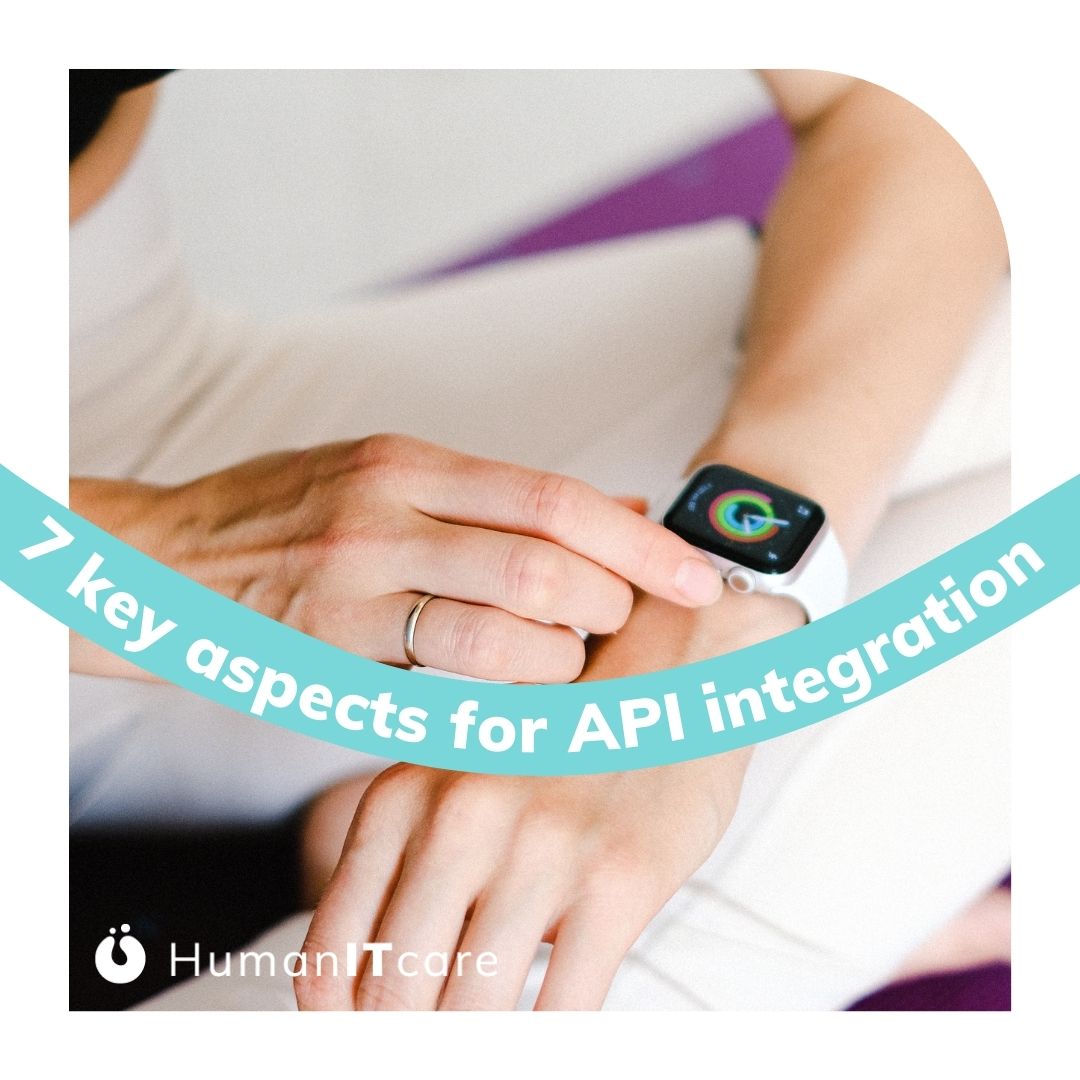Remote patient monitoring (RPM) has emerged as a key technology in modern healthcare systems. It allows healthcare providers to monitor patients’ health status remotely and make informed decisions in real-time. In the context of digital systems, an Application Programming Interface (API) plays a crucial role in the efficient and seamless transfer of data between different healthcare systems. In this blog post, we will discuss the key points of using an API in remote patient monitoring for your digital system.
- What is an API?
An API is a set of protocols, routines, and tools that allow for the exchange of data between different software applications. It acts as an intermediary between the software applications, enabling them to communicate with each other and exchange information. In the context of remote patient monitoring, APIs are used to facilitate the transfer of patient data between the patient’s device and the healthcare provider’s system.
- Benefits of using an API in remote patient monitoring
Using an API in remote patient monitoring has several benefits. First, it allows for real-time monitoring of patients’ health status, enabling healthcare providers to detect any changes in their health status quickly. This is especially important in the case of patients with chronic conditions or those who require constant monitoring.
Second, using an API enables healthcare providers to access patient data in a timely and efficient manner. This data can be used to make informed decisions about the patient’s care, including medication adjustments, changes in treatment plans, and referrals to specialists.
Third, using an API allows for the integration of different healthcare systems. For example, patient data can be seamlessly transferred between the patient’s device, electronic health records (EHRs), and other healthcare systems, enabling healthcare providers to access all relevant information about the patient in one place.
- Integration with EHRs
Integrating remote patient monitoring data with EHRs is a key feature of using an API in RPM. EHRs contain a patient’s complete medical history, including diagnoses, treatments, medications, and allergies. Integrating RPM data with EHRs allows healthcare providers to view all relevant patient data in one place, enabling them to make informed decisions about the patient’s care.
- Data security
Data security is a key concern when it comes to remote patient monitoring. Patient data must be protected from unauthorized access, theft, and hacking. Using an API that is compliant with industry standards for data security can help ensure that patient data is kept safe and secure.
- Real-time alerts
Real-time alerts are another key feature of using an API in remote patient monitoring. Real-time alerts can be sent to healthcare providers when a patient’s health status changes, allowing them to take immediate action to address the issue. Real-time alerts can be customized based on the patient’s specific needs, ensuring that healthcare providers are alerted only to the issues that require their attention.
- Data analytics
Data analytics is another key feature of using an API in remote patient monitoring. Data analytics can be used to analyze patient data and identify trends and patterns in their health status. This information can be used to make informed decisions about the patient’s care and to develop personalized treatment plans.
- Customization
Using an API in remote patient monitoring allows for customization based on the patient’s specific needs. Customization can include real-time alerts, data analytics, and personalized treatment plans. Customization ensures that patients receive the care they need, tailored to their specific health needs.
In conclusion, using an API in remote patient monitoring is essential for healthcare providers who want to provide the best possible care to their patients. APIs enable real-time monitoring, data integration, data security, real-time alerts, data analytics, and customization. Healthcare providers should consider using an API in their remote patient monitoring systems to ensure that patients receive the care they need, when they need it.

